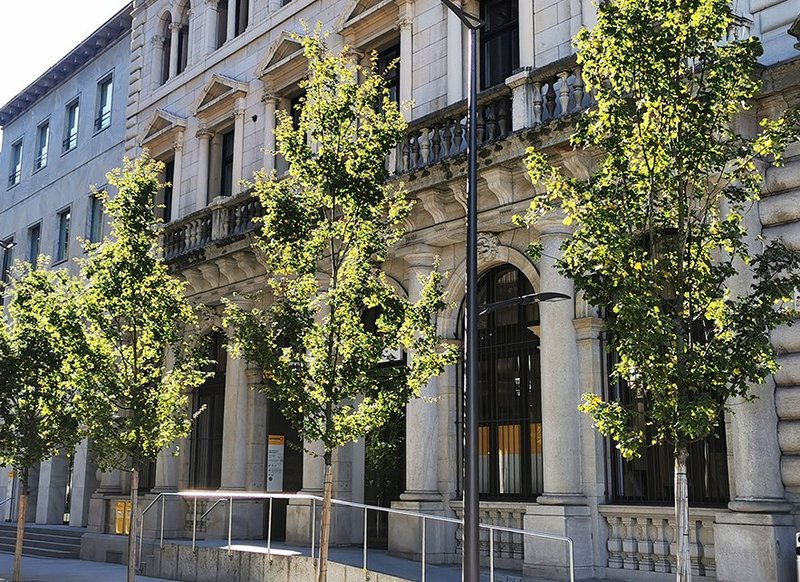Each and every Swiss citizen produces an average of around 14 tonnes of CO2-equivalents a year – so approximately 10 times more than the amount considered sustainable. These emissions must be reduced as quickly as possible. But even if we succeed in reducing emissions, the climate is likely to continue getting warmer for several decades or even centuries to come. It is thus important to implement measures that can mitigate the undesirable consequences of climate change for society. At the same time, it is essential to ensure that the populations of endangered species are in a position to shift their habitat successfully or to adapt to the rapid changes in the climate.
Contribution made by trees
In 2015, a group of scientists from universities and government bodies launched a study on the current and future benefits of urban trees in Geneva. The use of the ecosystem services concept for this participatory research has changed the perception of many stakeholders - they no longer see trees as just an object at the roadside, but as an organism capable of fulfilling numerous functions, various of which are beneficial to society (see figs. 2 and 8). Trees thus mitigate the undesirable consequences of global warming (local cooling effect), for example, and reduce climate change (carbon sequestration during growth). Thanks to the concept of ecosystem services, the responsible state agencies no longer count just the number of trees; they now also measure the area of the tree canopy, as it is this that performs most of the so-called “regulatory services”.
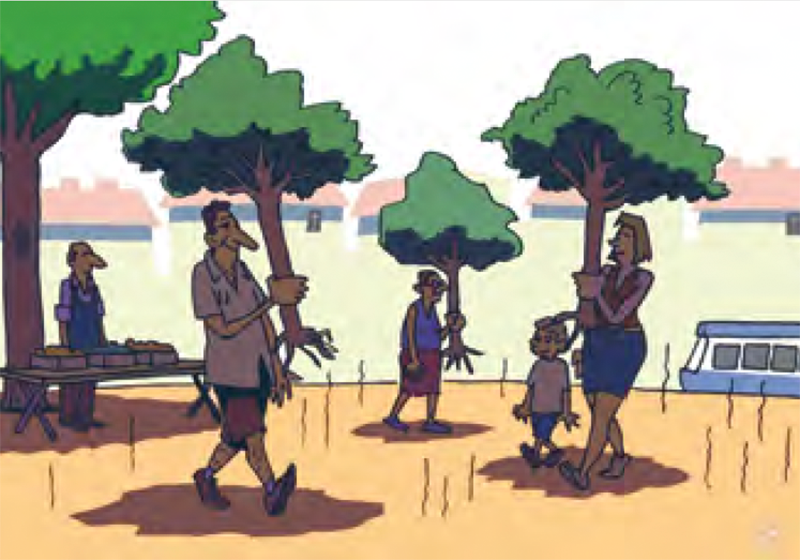
Fig. 2. Illustration by cartoonist "Hermann" for an article on urban heat islands, published on 31.08.2017 in the Tribune de Genève newspaper.
The concept of ecosystem services has made it possible to establish the following points relating to the reduction of emissions, the adaptation of society, and the adaptation of trees to climate change:
- Carbon sequestration by trees (approx. 10 kg of CO2 per year for a typical tree) is negligible in comparison with Swiss emissions (14 t CO2-equivalents per year and person). Hundreds of trees per inhabitant would have to be planted each year in order to sequester the relevant volume of emissions, even if this were to decrease. This means that essentially, it is necessary to reduce emissions directly.

Fig. 3. Old pine trees in a car park in the city - not only good providers of shade, they are a defining feature of the urban landscape. Photo: Doris Hölling

Fig. 4. Greenery in the city - large trees are extremely important for the urban climate. Unfortunately, this is still taken into account too seldom or not at all in urban planning. Photo: Doris Hölling
- Trees improve the thermal comfort in neighbourhoods. Human temperature perception and the capacity of trees to evaporate water are influenced by a variety of factors (humidity, temperature, wind, etc.). However, the authors estimate that an extension of the tree canopy cover by 10% in a neighbourhood (e.g. from 15 to 25%) would reduce surface temperatures by 0.5 to 1°C.
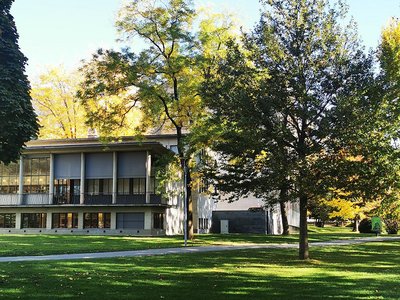
Fig. 5. Urban green spaces with older trees. Photo: Doris Hölling
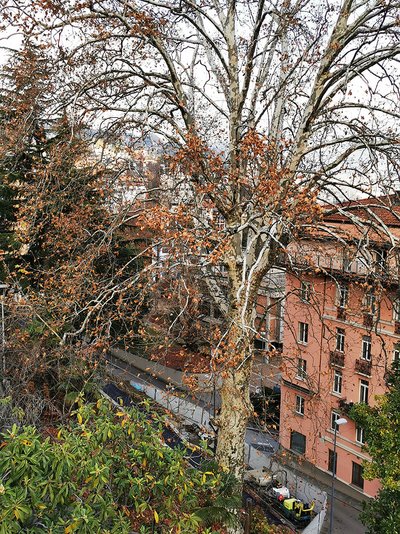
Fig. 6. Urban trees - no longer just objects on the street, but organisms that fulfil numerous functions and that are thus gaining more and more importance in the course of climate change. Photo: Doris Hölling
- By the year 2100, the climate in Geneva will be roughly similar to that of Rome, Lecce or Sarajevo today. If we want to have a healthy tree population at the end of the 21st century, we must begin to study and trial the planting of southern species and subspecies that are already adapted to future conditions as soon as possible.
- There is currently an extremely great biodiversity of trees in Geneva (over 900 species, of which more than 80 % are introduced species). No tree family in the canton accounts for more than 30 % of all individual trees. Similarly, no genus accounts for more than 20 %, and no species for more than 10 % of all individual trees. An abundance of species and diversity reduces the risks of future losses of trees due to disease or climate change. Introduced species also contribute to the ecosystem services provided locally.
The use of the concept of ecosystem services in this study made it possible to clearly show the benefits provided by trees both today and in the future for the population of Geneva. This kind of knowledge transfer has met with great resonance from the public - and politicians have reacted and committed themselves to the preservation of trees in the city. One year after the NOS ARBRES project, the city council of Geneva have thus set themselves the goal of increasing the area of the tree canopy in the city from 21 % to 30 % by 2030.
Game-changing approach
This approach of protecting nature for the contributions it makes to human well-being complements traditional strategies focusing on the intrinsic value of nature and the value of the relationship between humans and nature. Ecosystem services have also been integrated in the development of a cantonal ecological infrastructure that takes account among other things of the carbon sequestration capacity of the various habitats. The experiences made in the Canton of Geneva suggest that an approach based on ecosystem services can be positive – not only to highlight the potential roles of biodiversity in mitigating the impacts of climate change (and to a lesser extent in reducing emissions), but also to highlight what the species require to be able to adapt to future climate change.
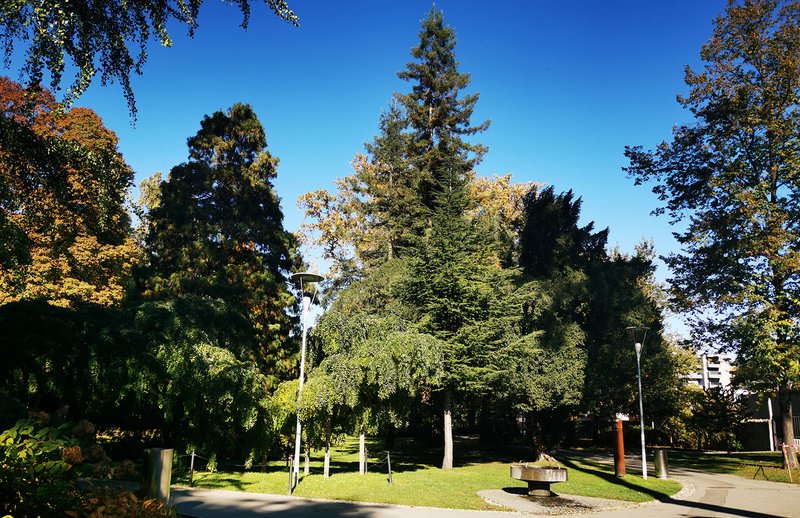
Fig. 8. Trees mitigate the undesirable effects of global warming (cooling effect on a localised basis) and reduce climate change (carbon sequestration as they grow). This should definitely be taken into account in future urban planning. Turf on the roof of an underground car park or trees in tubs are no substitute for this. Photo: Doris Hölling
Translation: Tessa Feller

